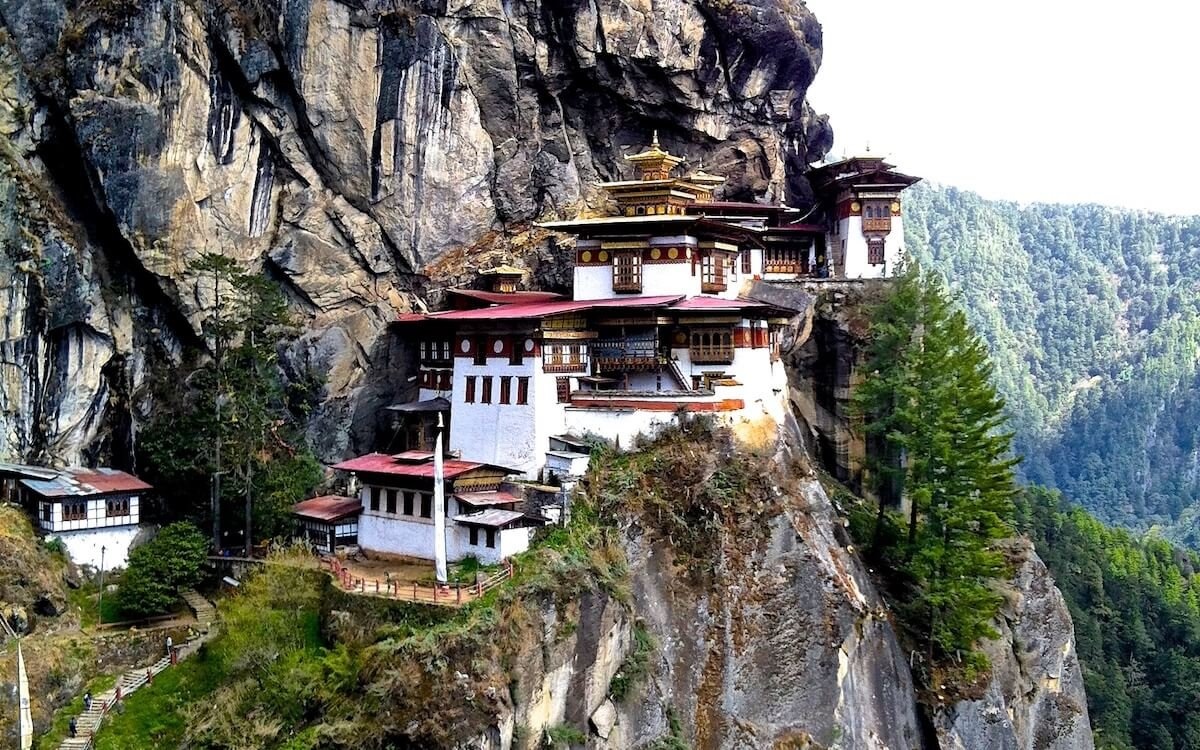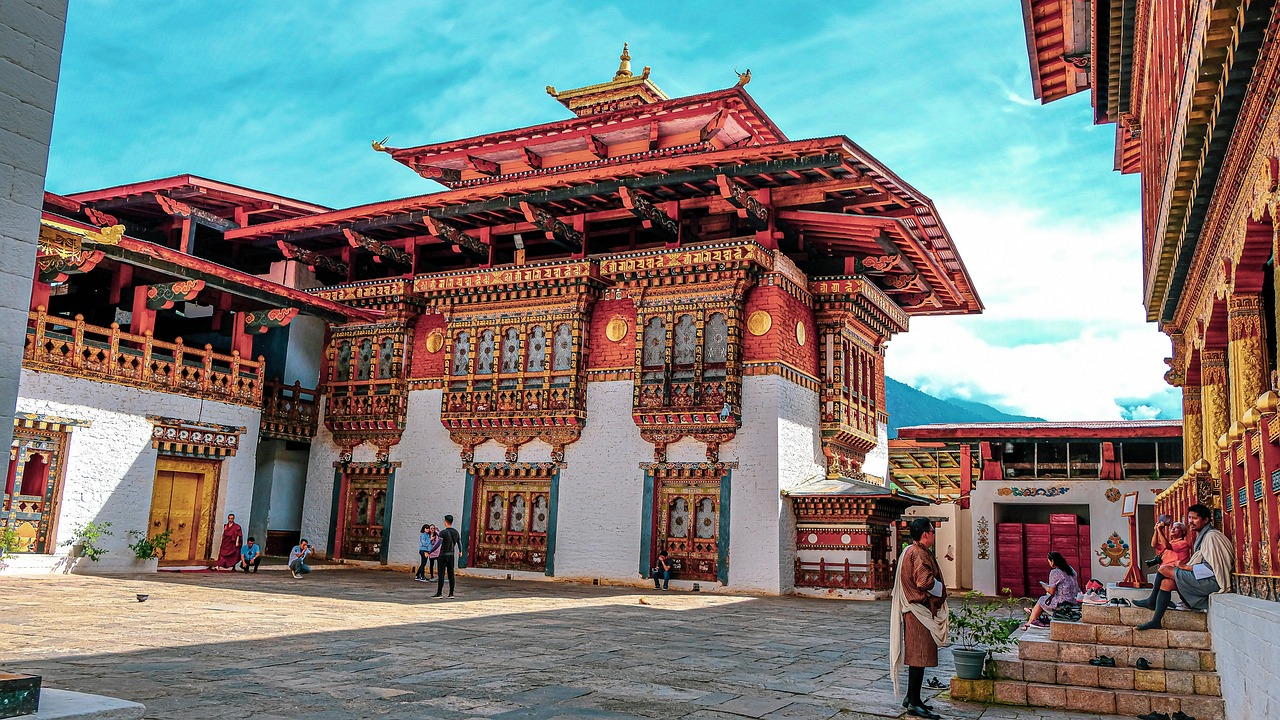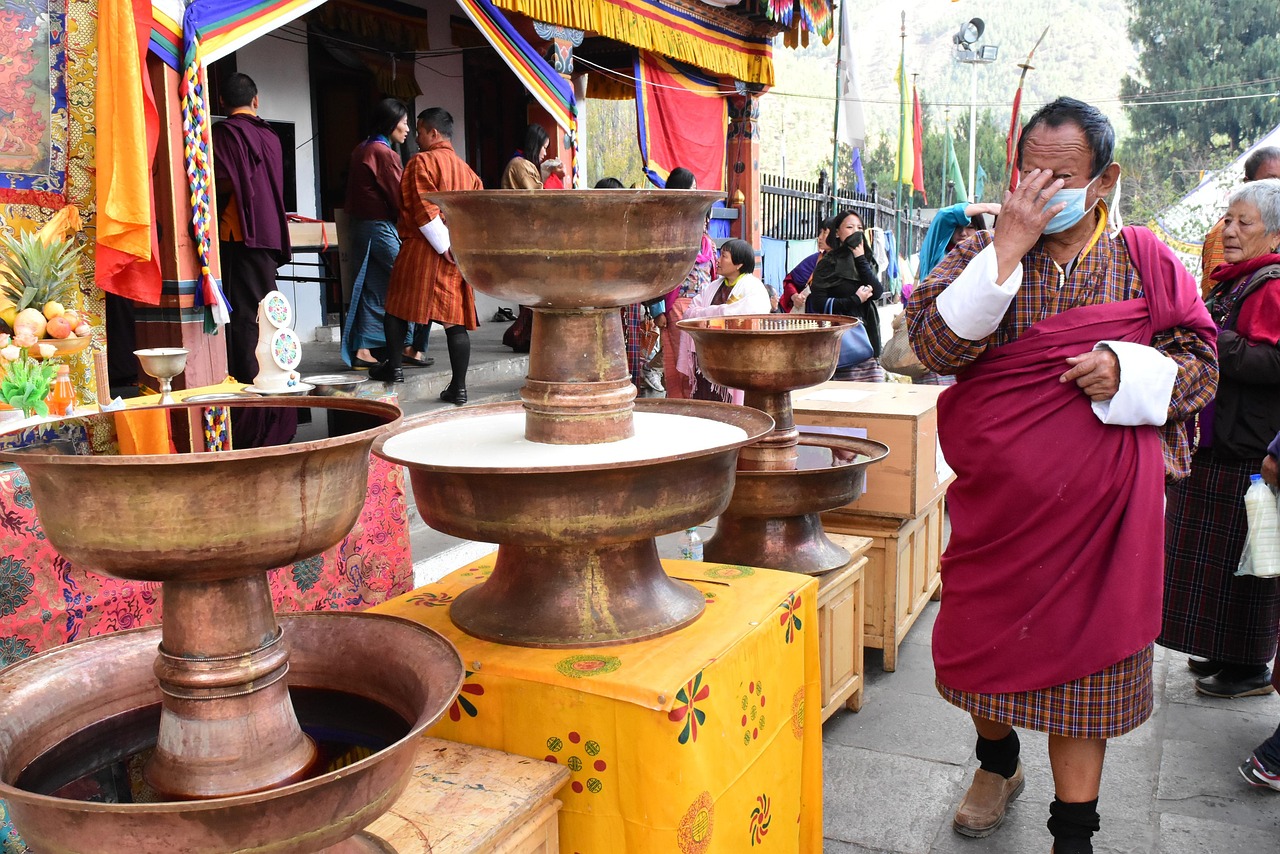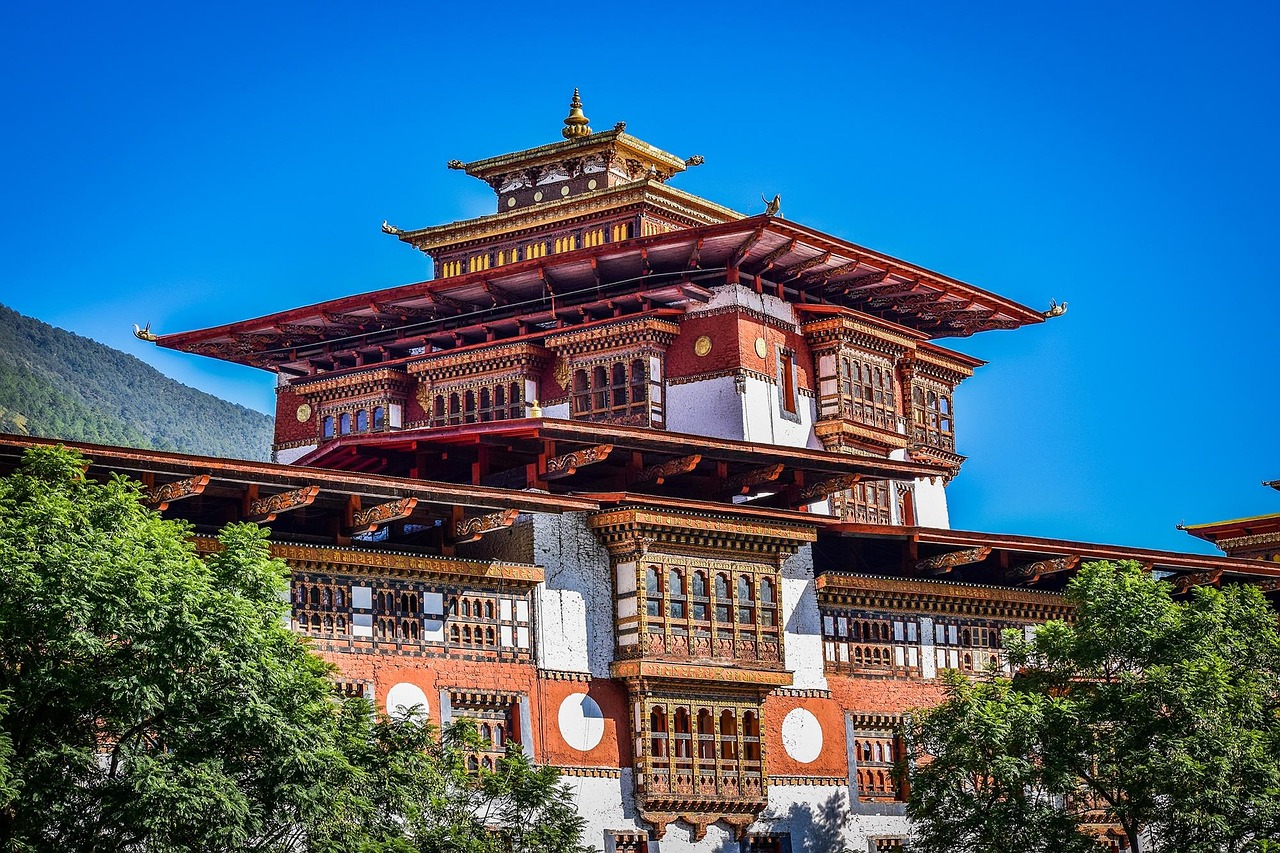Bhutan, the Land of the Thunder Dragon, offers a perfect blend of spirituality, nature, and culture. If you’re dreaming of a peaceful escape to the Himalayas, understanding how to plan Bhutan holidays? is the first step. From choosing the right season to booking through authorized operators, careful planning ensures a memorable journey.

Discover Bhutan’s breathtaking landscapes, ancient monasteries, and rich heritage on a guided tour through the Land of the Thunder Dragon. If you’re looking for a peaceful, nature-filled escape with a unique blend of spirituality, culture, and untouched beauty, Bhutan should be at the top of your list. Known as the Land of the Thunder Dragon, Bhutan is one of the few countries that has maintained its traditional identity in the face of modern development. Its snow-capped peaks, dense forests, vibrant monasteries, and deep cultural roots make it a truly unforgettable destination.
However, Bhutan is unlike most other travel destinations. You can’t just book a ticket and wander in. That’s why knowing how to plan Bhutan holidays is essential for anyone who wants to make the most of their time in this magical country. From travel permits and the daily Sustainable Development Fee (SDF) to must-visit attractions and cultural etiquette, here’s everything you need to know to plan a smooth and enriching Bhutan journey.
Also you read this for more information: 25 Reason Why You Should Visit Bhutan
Why Choose Best Bhutan Tour Packages for Your Next Holiday?

Bhutan isn’t your average tourist destination—it’s a country that values happiness over GDP. In fact, it’s the only country in the world that officially measures Gross National Happiness. This ethos is reflected in the lifestyle of the Bhutanese people, who are warm, content, and deeply respectful of nature and tradition.
Visitors to Bhutan are immediately struck by the pristine environment. Forests cover more than 70% of the country, and its high-altitude villages, monasteries clinging to cliffs, and crystal-clear rivers make it a paradise for nature lovers. Whether you’re an adventure seeker, a spiritual explorer, or someone looking to disconnect from the chaos of everyday life, Bhutan offers an experience like no other.
Useful For First Timer: Best Experiential Tour Operators In Bhutan
Step-by-Step: How to Plan Bhutan Holidays
To ensure a smooth and fulfilling journey, it’s important to plan carefully. Here’s a simple guide to help you organize your trip:

1. Choose the Right Time to Visit
Bhutan is beautiful year-round, but the best times to visit are during spring (March to May) and autumn (September to November). These months offer clear skies, pleasant weather, and vibrant festivals like Paro Tsechu and Thimphu Tshechu, where you can witness masked dances, traditional music, and colorful local attire.

If you prefer fewer crowds and lower prices, consider visiting during winter. The views of snow-covered peaks are stunning, and it’s a great time to visit regions like Punakha.
2. Understand Bhutan’s Entry Requirements
Bhutan controls the number of tourists who enter the country by requiring all international visitors (except those from India, Bangladesh, and the Maldives) to book their trip through a licensed Bhutanese tour operator. Tourists are also required to pay the Sustainable Development Fee (SDF) of USD 100 per person per day (as of 2025), which covers accommodation, transportation, guide services, meals, and cultural activities.
If you’re from India, the process is more flexible, but it’s still recommended to go through an approved travel agency for the best experience.
3. Book with a Licensed Bhutan Tour Operator
You can either book directly with a local Bhutanese agency or go through an international partner. Licensed operators take care of your itinerary, hotel bookings, guides, permits, and internal transport. This is where knowing how to plan Bhutan holidays really matters—choosing the right tour operator ensures you have access to the best accommodations, knowledgeable guides, and authentic cultural experiences.
4. Customize Your Itinerary Based on Your Interests
Bhutan has something for everyone. When planning your trip, discuss your preferences with your travel consultant. Do you want to:
Go trekking through the Himalayas?
Visit ancient monasteries?
Attend a local festival?
Relax in a luxury mountain retreat?
Explore local crafts and Bhutanese cuisine?
The more specific you are with your preferences, the better your itinerary will be. Most tours range from 5 to 10 days, and itineraries often include Paro, Thimphu, Punakha, and sometimes Bumthang or Haa Valley.
Top Places to Visit in Bhutan
Your journey will likely start in Paro, where Bhutan’s only international airport is located. Here are some must-visit places to include in your holiday plan:
1. Tiger’s Nest Monastery (Paro Taktsang)
Arguably Bhutan’s most iconic site, this cliffside monastery is perched 3,000 feet above the Paro Valley. The hike to reach it is about two hours, passing through pine forests, fluttering prayer flags, and breathtaking viewpoints. It’s challenging but deeply rewarding.
2. Punakha Dzong
Known as the “Palace of Great Happiness,” this magnificent fortress is located at the confluence of two rivers. Its stunning architecture and serene setting make it a highlight of any Bhutan trip, especially in spring when the jacaranda trees are in full bloom.
3. Thimphu
The capital city offers a mix of tradition and modernity. You can visit the Buddha Dordenma statue, explore local markets, watch archery tournaments, and tour museums that showcase Bhutanese culture.
4. Dochula Pass
A high-altitude mountain pass offering panoramic views of the eastern Himalayas, Dochula is also home to the 108 chortens (stupas) built in memory of Bhutanese soldiers. It’s a scenic stop between Thimphu and Punakha.
5. Trongsa Dzong
Located in central Bhutan, this is the largest dzong (fortress-monastery) in the country and a historical seat of power. The views over the valley and the rich history make it a fascinating stop.
Culture, Food, and People
One of the most enriching parts of a Bhutan holiday is interacting with the locals. Bhutanese people are known for their humility, hospitality, and strong cultural values. Respect for the monarchy is deep-rooted, and traditional dress (gho for men and kira for women) is commonly worn.
Bhutanese cuisine is flavorful and often spicy. Don’t miss Ema Datshi (a chili and cheese dish), red rice, and traditional butter tea. You can also visit local farms or take cooking classes in some regions.
Tips for a Smooth Bhutan Trip
Pack for all weather: Even in summer, mornings and evenings can be cool, especially at higher altitudes.
Respect local customs: Dress modestly when visiting temples and dzongs, and remove shoes before entering.
Travel insurance: Always recommended, especially if you plan to trek or travel to remote areas.
Connectivity: Internet is available in most hotels, but remote areas may have limited service—use this as an opportunity to unplug.
Final Thoughts
Planning a trip to Bhutan is not as simple as booking a flight and hotel, but that’s part of what makes it so special. The structured tourism model ensures that travelers have a meaningful and immersive experience without overwhelming the country’s culture or environment.
Whether you’re hiking to sacred monasteries, exploring ancient fortresses, or simply breathing in the clean mountain air, Bhutan has a way of slowing you down and reconnecting you with what truly matters.
Plan stress-free, culturally rich, and deeply memorable, start by choosing the right time to visit, booking with a licensed tour operator, and crafting an itinerary that reflects your travel goals. Bhutan is waiting to welcome you—with open arms and a heart full of happiness.






Comments are closed.